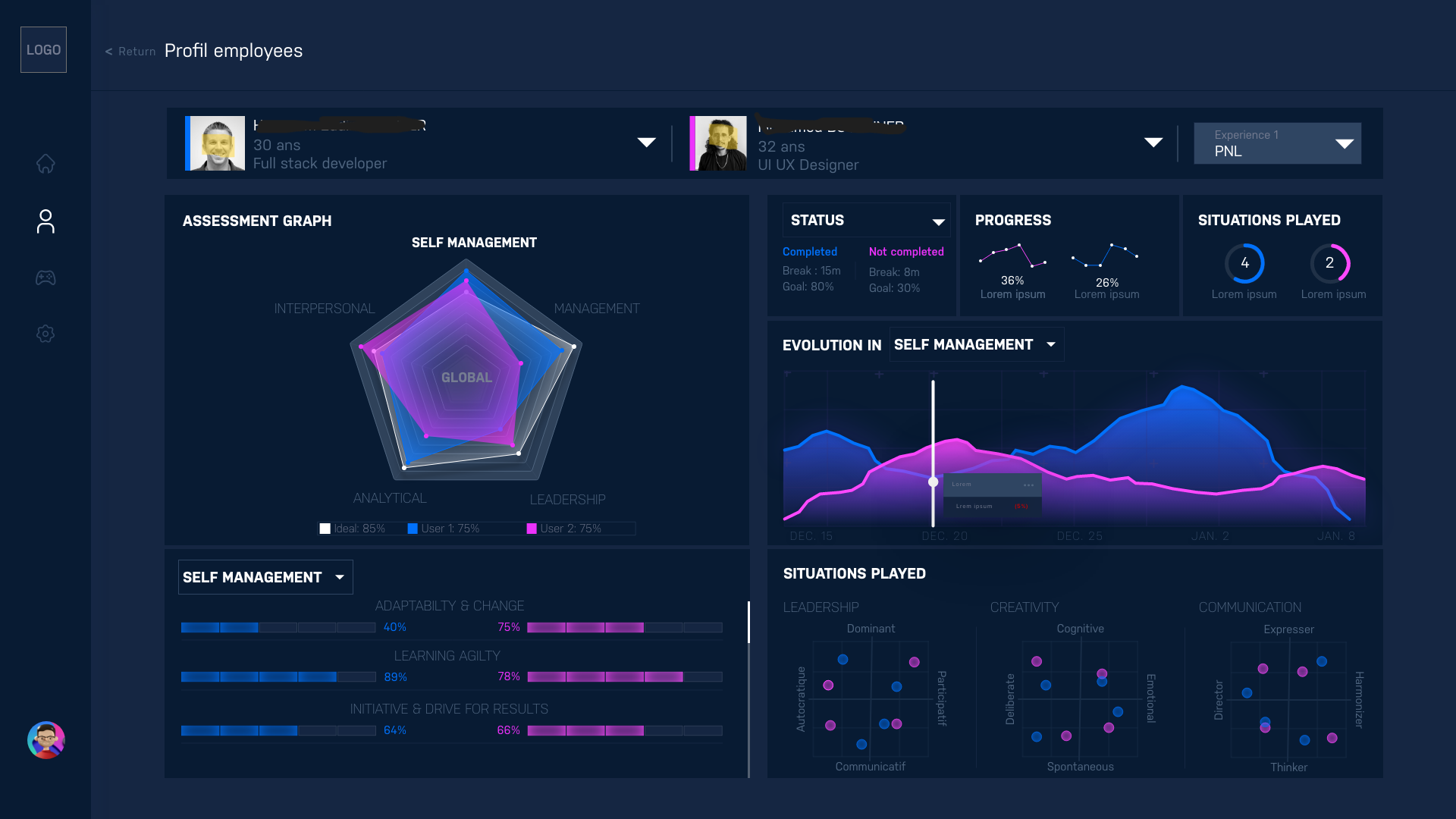In today's cutthroat market landscape, training emerges as a strategic linchpin for enhancing managerial and operational skills. Yet, a stark reality looms large within many HR departments: a profound ignorance of how to accurately measure the real value training brings to their managers and employees. This gap, often exacerbated by a lack of proper measurement units and a disconnect between departments, leads to blind investment in training programs, with no real ability to justify their effectiveness or return on investment (ROI). Confronted with this challenge, it's imperative to rethink our approaches by simplifying and clarifying the ROI calculation process. This step is crucial for unveiling the hidden potential of training programs, thereby transforming HR practices into engines of performance and profitability. The time is ripe for action, equipping HR with the necessary tools for informed decision-making, ensuring every dollar spent on training genuinely contributes to the company's growth and success.
Let's explore in depth:
- The Importance of Training: Businesses invest in employee and sometimes customer or partner training to improve job performance. Training is increasingly focused on achieving specific results rather than merely completing a course.
- Calculating ROI for Training: ROI measures the benefit (or return) a company gets from its investment in training programs.
Simple Example: Consider a company that spends $1,000 on training to enhance management skills. After the training, it finds it doesn't need to hire as many new employees because fewer are leaving, saving $1,500.
ROI = ((Value from Training - Cost of Training) / Cost of Training) x 100
ROI = ((1500 – 1000) / 1000) x 100 = 50%
This means for every dollar spent on training, the company earned an additional 50 cents.
- Challenges with Large Training Programs: Measuring ROI becomes more complex for large-scale training programs involving thousands of participants due to more influencing factors.
- Solution for Large-Scale Training ROI: To address this, it's crucial to go beyond completion rates and examine:
- If participants learned the intended content,
- If they applied what they learned in real-world situations,
- And if these changes led to improved business outcomes.
Example with Steps: Imagine a customer training program costing $5,000 leads to a $7,000 increase in sales.
ROI = ((Value from Training - Cost of Training) / Cost of Training) x 100
ROI = ((7000 - 5000) / 5000) x 100 = 40%
Thus, the program achieved a 40% return, indicating that for every dollar spent, the company gained an additional 40 cents.
In summary, while training is invaluable for companies, effectively measuring its impact, especially for extensive programs, can be challenging. The key is to look beyond mere completion to understand how training truly affects business results.

